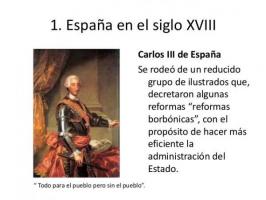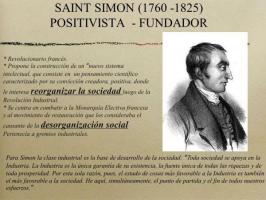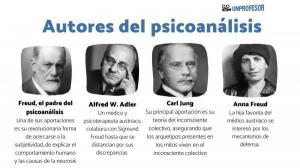The 8 IMPORTANT works of Mark ROTHKO
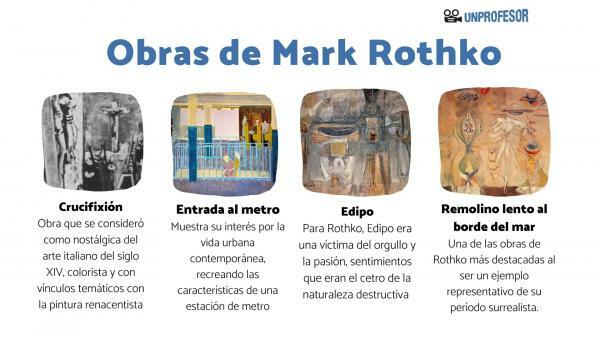
Mark Rothko (1903-1970) is one of the most prominent figures the group of painters of the New York School. A versatile artist who changed his artistic styles until he reached his own style in the 50s. A style characterized by the inclusion of soft and rectangular shapes floating over a field of color. In addition, Rothko, highly influenced by Philosophy and Mythology, was a defender of art as a way of expressing ideas, being a defender of revolutionary social thought and freedom of expression.
In this lesson from unPROFESOR.com we offer you the important works of Mark Rothko so that you know his trajectory and his artistic style.
Index
- Mark Rothko Characteristics
- Crucifixion, very important work of Mark Rothko
- Entrance to the subway (1938)
- Oedipus, another of Rothko's most important works (1944)
- Slow whirlpool at the edge of the sea, representative work of the surrealist period (1944)
- No. 9 (1947)
- Four shadows in red (1958)
- The Rothko Chapel (1965)
- Untitled, Black on Gray (1969)
Mark Rothko Characteristics.
Rothko started his trajectory as figurative painter, painting landscapes, still lifes, studies of figures and portraits, being able to combine expressionism and surrealism.
- In his search for new forms of expression, Rothko went to the Faithful Color style, color fields style. An abstract style that uses bright colors to capture and convey spirituality.
- His work is very emotional being very imbued by the Nietzsche philosophy, Greek mythology and its Russian-Jewish cultural heritage.
- In addition, it remained always against the establishment of the art world and he always defended the freedom of expression of artists, also rejecting critics and even some sales, exhibitions and commissions.
Crucifixion, very important work of Mark Rothko.
Among the most important works of Mark Rothko stands out Crucifixion (1935), a canvas was included in an exhibition held in al Galerie Bonaparte in Paris in November 1936.
A work that was considered as nostalgic for 14th century Italian art, colorful and with thematic links with Renaissance painting, in addition to presenting echoes of the work Lamentation of the dead Christ (1637) by Rembrandt. In the work there are two crosses in the foreground and a third in the background.
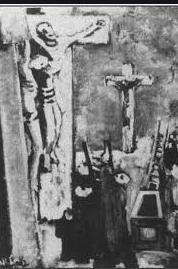
Entrance to the subway (1938)
In this work, also figurative, Rothko shows his interest in contemporary urban life, recreating the characteristics of a subway station in a schematic way. A work of certain expressionist air reflecting Rothko's feelings for the modern city.
Thus, Rothko shows how New York is an inhuman and heartless city, something that the artist thought and manages to convey thanks to the schematization with which the figures represent.
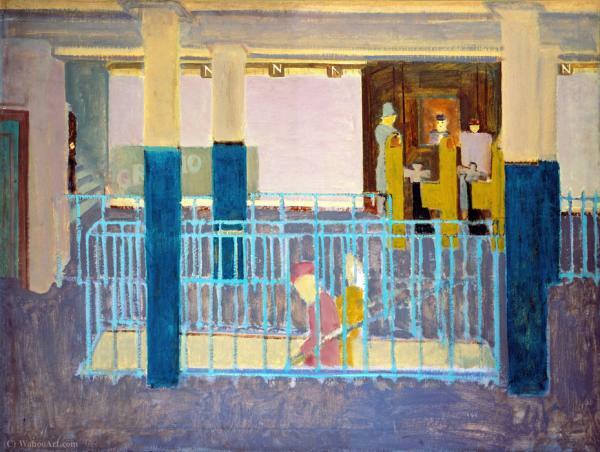
Oedipus, another of Rothko's most important works (1944)
The Greek mythology he was one of the recurring themes at work the painter in the early 1940s. For Rothko, Oedipus he was a victim of pride and passion, feelings that were the scepter of the destructive nature of the human being.
Rothko creates a kind of puzzle by taking the figures apart to put them back together and form a single piece or mass. A work in which the painter tried to suggest how humanity is united by tragedy.
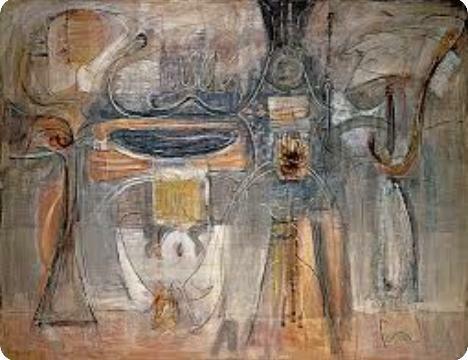
Slow whirlpool at the edge of the sea, representative work of the surrealist period (1944)
This is another of Rothko's most outstanding works as it is a representative example from hissurreal period. The influence of Miro artists is evident, although Rothko's work presents muted colors, translucent figures, horizontal lines, angles and swirls to create a vibrant picture of a dark primitive landscape.
This work was carried out while he was courting his second wife, considering herself a romantic scene in which Rothko paints a couple in a mythical and magical world.
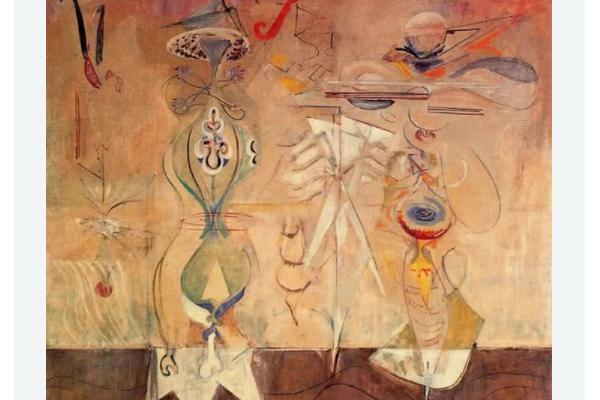
No. 9 (1947)
This is another of the abstract works of the painter, forming part of the eleven paintings that the painter presented at the Betty Parson gallery in 1949. The author abandons the figures and landscapes to present blurred shapes created from different layers of paint.
Warm reds, oranges, and yellows appear at 9, along with a black spot and swirls of blue. For Rothko, abstract forms were organisms full of life force.

Four shadows in red (1958)
This work was part of the exhibited paintings by the painter in the Sidney Janis Gallery in 1969. A painting that exemplifies the transition of the painter's palette towards red and brown tones.
A restricted and dark palette in which the rectangles constitute a way of representing presence or spirits, a way of expressing what the figures expressed, not eliminating them.
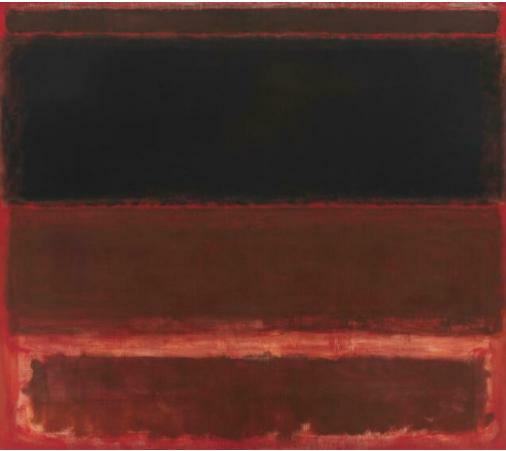
The Rothko Chapel (1965)
This canvas is on the campus of St. Thomas Catholic University. The Rothko Chapel was funded by John and Dominique de Menil and shows fourteen wall paintings of the painter.
Some paintings made in shades of purple, maroon and black and are large. Rothko worked in collaboration with architects, having almost complete control over the shape of the building and its interior.
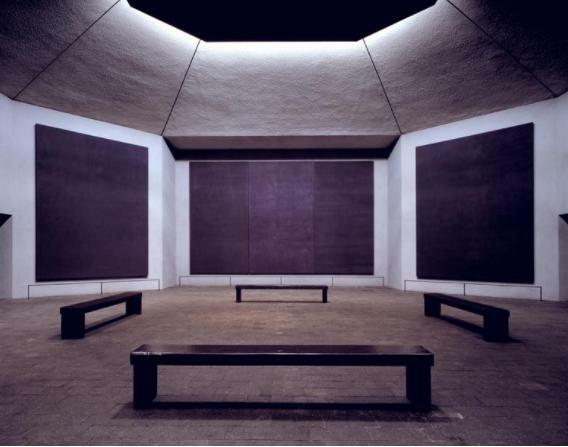
Untitled, Black on Gray (1969)
We finish this review of the most important works of Mark Rothko talking about Untitled, Black on Gray (1969). This work belongs to his latest series of paintings, although they did not obtain the success that he desired.
Rothko interpreted the silence as only he was capable of understanding the inner world of him. Blacks on grays on white canvas, without primer, restricts the number of colors and makes the painting one piece more intimate and personal.
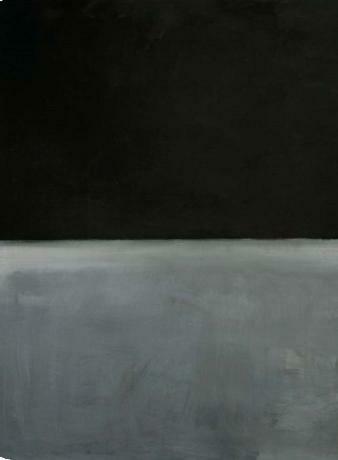
If you want to read more articles similar to Mark Rothko: important works, we recommend that you enter our category of Story.
Bibliography
- Cohen-Solal, A (2016), Mark Rothko: Towards the light in the chapel, Paidos
- Baal-Teshuva, J (2009), Rothko, Taschen

